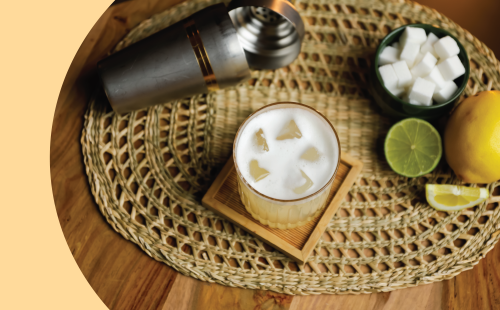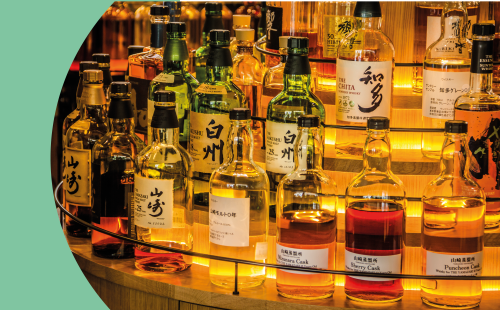A tale as old as time, drinking rituals have existed in human society for thousands of years, woven into the fabric of our social, religious, and personal lives. These rituals vary from the mundane to the sacred, and sometimes downright bizarre.
Below, we’ve rounded up some of the most fascinating rituals throughout history.
The Dawn of Drinking Rituals
The origins of drinking rituals can be traced back to prehistoric times when early humans gathered around water sources, the most vital substance for survival.
Anthropologists believe that these early gatherings around water likely formed the first communal drinking practices essential for building social bonds within early human communities.
Over time, as humans discovered fermentation, the first alcoholic beverages were created, giving rise to new forms of social rituals.
The Ancient Egyptians
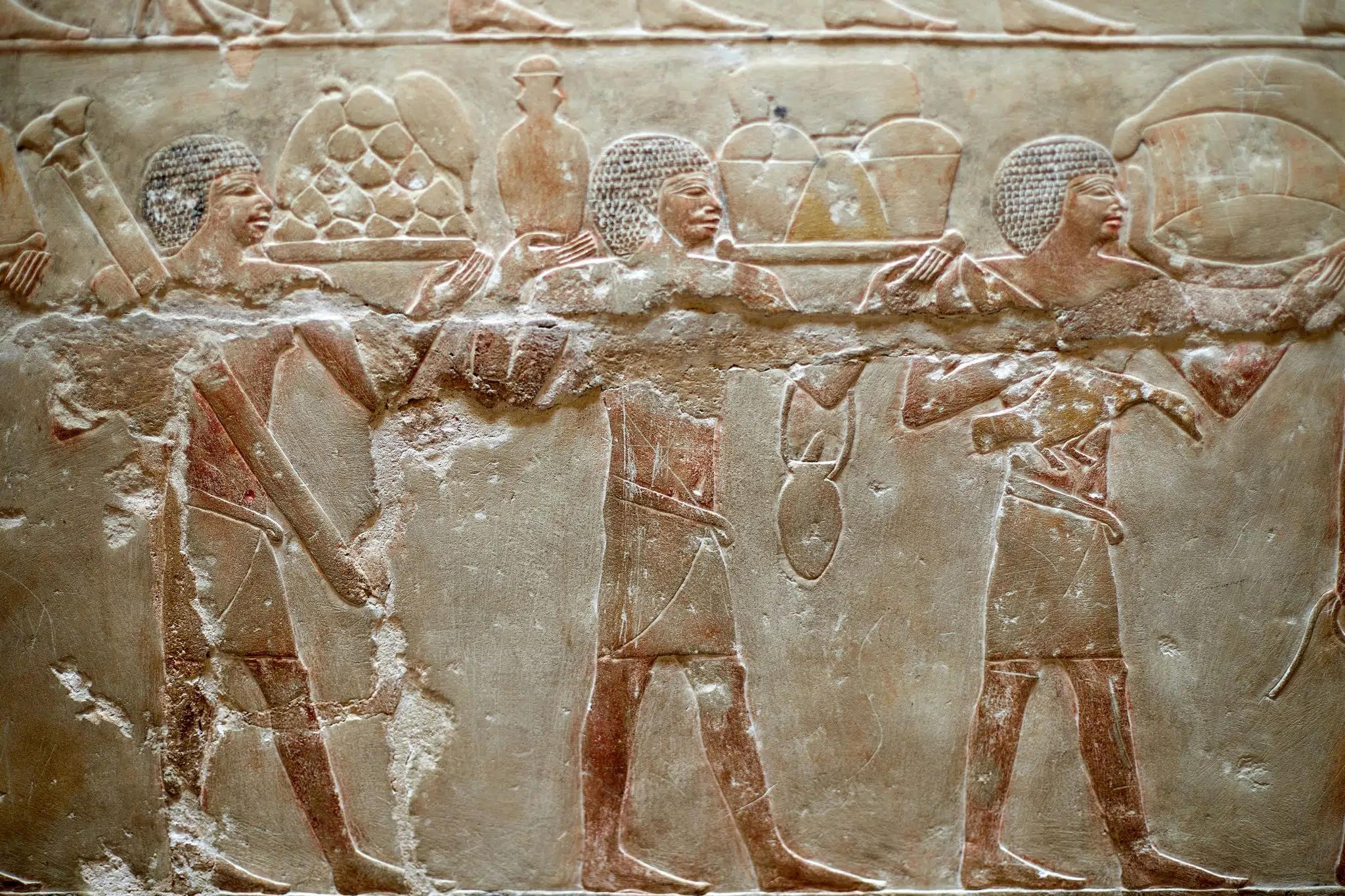 It was in ancient civilizations that early forms of ritualistic drinking first became more pronounced.
It was in ancient civilizations that early forms of ritualistic drinking first became more pronounced.
The ancient Egyptians, for instance, had a strong beer-brewing tradition. You’d be surprised to know that beer was actually a staple of their diet and played a crucial role in religious rituals.
This couldn’t be better exemplified than by the “Feast of Drunkenness,” an annual festival dedicated to the goddess Hathor, which involved the consumption of large quantities of beer. This ritual was believed to connect participants with the divine and ensure fertility and prosperity. Perhaps it worked.
The Sumerians
In the same vein in ancient Mesopotamia, beer was considered a gift from the gods. The Sumerians, who lived in this region around 4000 BCE, left behind one of the earliest known recipes for beer, inscribed on a clay tablet.
Drinking beer was an important communal activity, often taking place in specialized taverns, and was also part of religious offerings to the gods.
Ancient Greek Culture
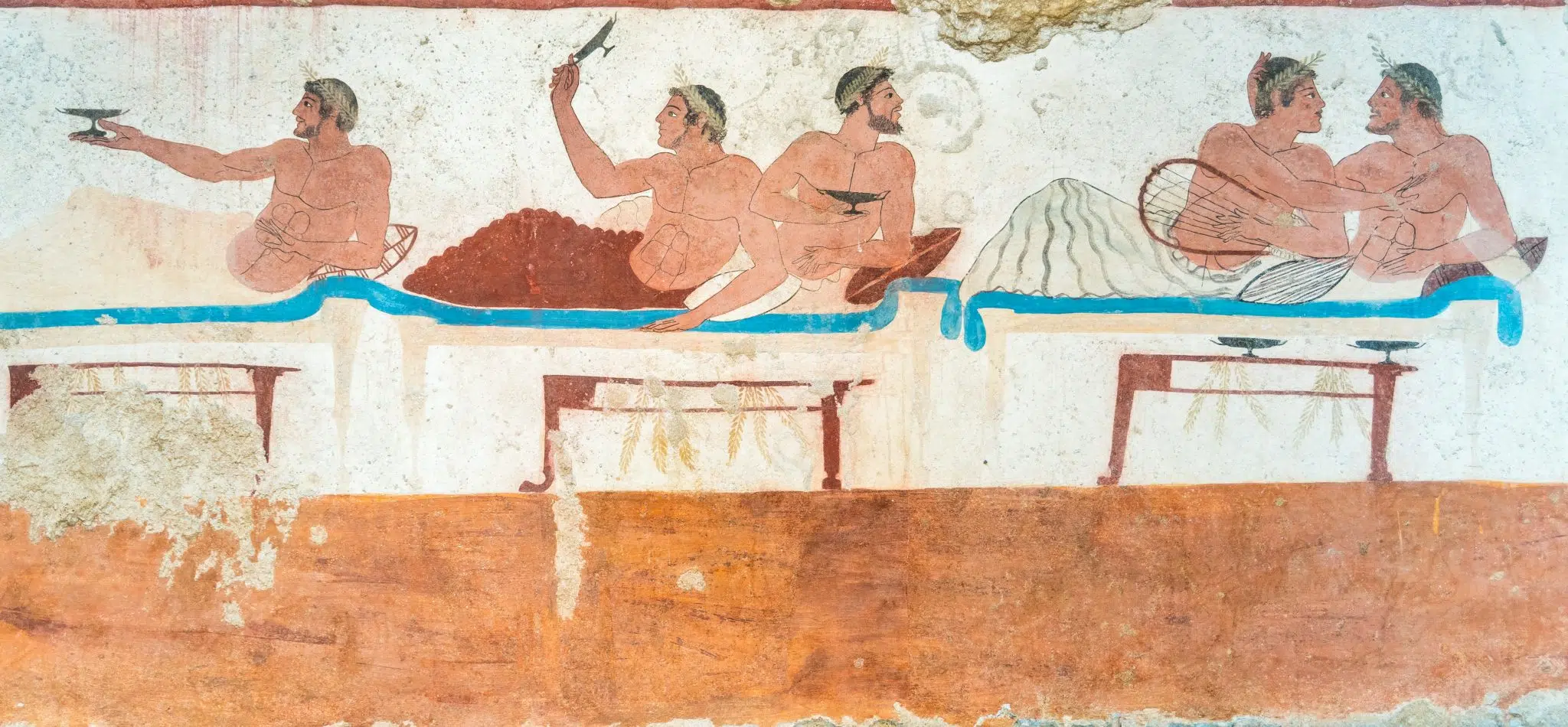
Journeying over to ancient Greece, wine was the central element of the symposium—a drinking party that was as much about intellectual discussion and entertainment as it was about the consumption of alcohol.
The symposium was an exclusive event, typically attended by male citizens who would recline on couches, engage in philosophical debates, and enjoy music and poetry.
And lest attendees get too crazy, wine was diluted with water, a practice that symbolized moderation and civilized behavior. The symposium was a social gathering and a venue for reinforcing social hierarchies and political alliances.
The Mayans

In Mayan culture, intoxication was seen as a means by which to connect with deities. As highly spiritual people, they welcomed opportunities to reach alternative states of consciousness.
In ancient clay vases, depictions have been found of men becoming inebriated by less than comfortable means through enemas in which they administered alcoholic beverages directly into their body.
This type of devotion was a different type of extreme.
Central Ancient Asia
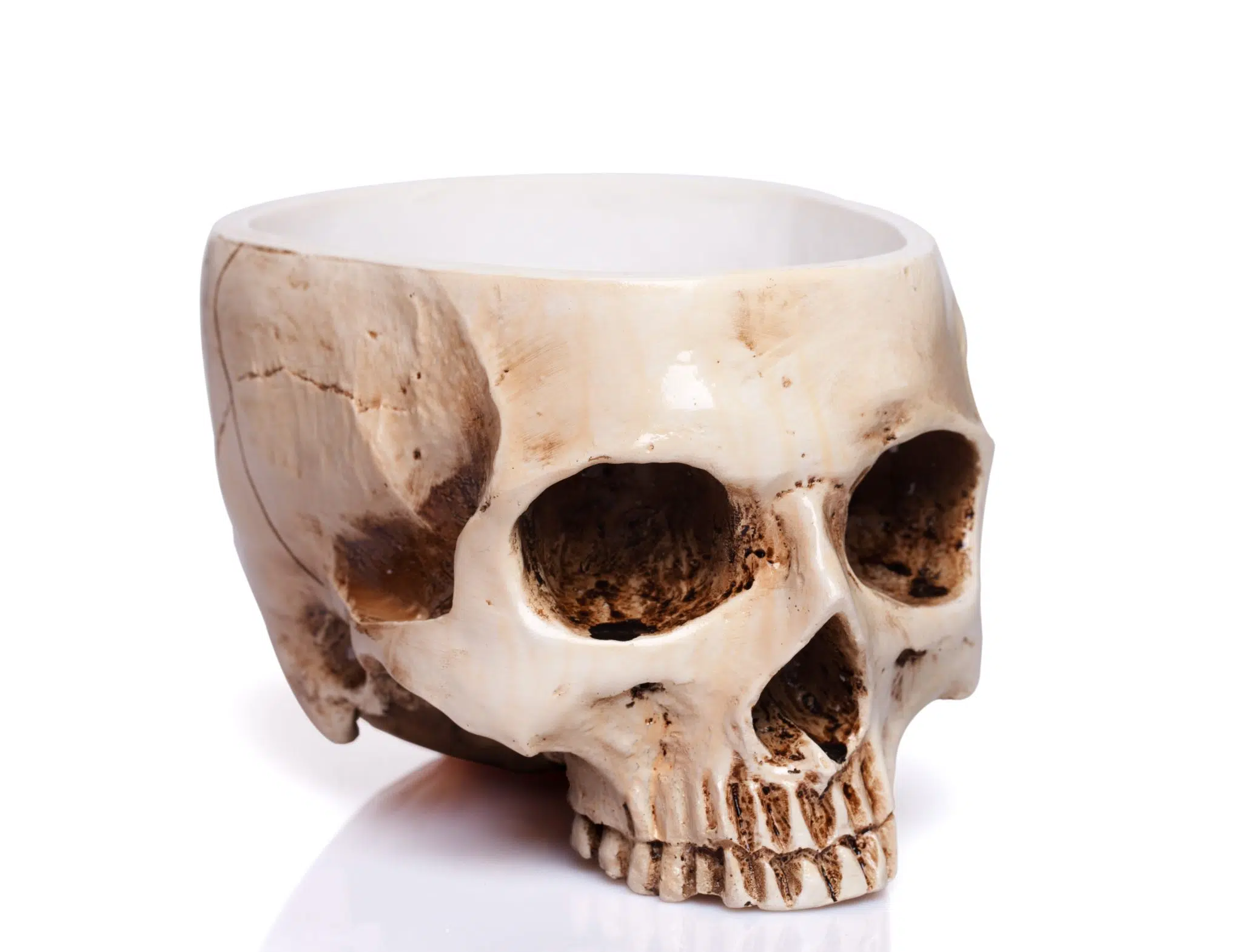
In central Asia, a nomadic group called the Xiongnu would celebrate their conquests through a somewhat morbid ritual: they would turn the skulls of the conquered into drinking cups.
This symbolized dominance over the defeated, and was documented in ancient Chinese records—with whom they held frequent encounters.
West Africa

In West African wedding traditions, palm wine holds a place of singular importanc, representing unity, fertility, and cultural continuity. In many Nigerian cultures, particularly among the Igbo people, the ritual of palm wine sharing is a pivotal moment in traditional marriage ceremonies.
The groom and his family present palm wine as part of the bride price, a gesture rich in symbolism and respect. The bride seeks out her groom amidst the gathering and offers him a sip of palm wine, a powerful act that signifies her acceptance of him as her life partner.
This tradition, believed to be centuries old, continues to thrive even in modern times, adapting to contemporary settings while preserving its core cultural significance.
Medieval Europe: The Role of Alcohol in Society
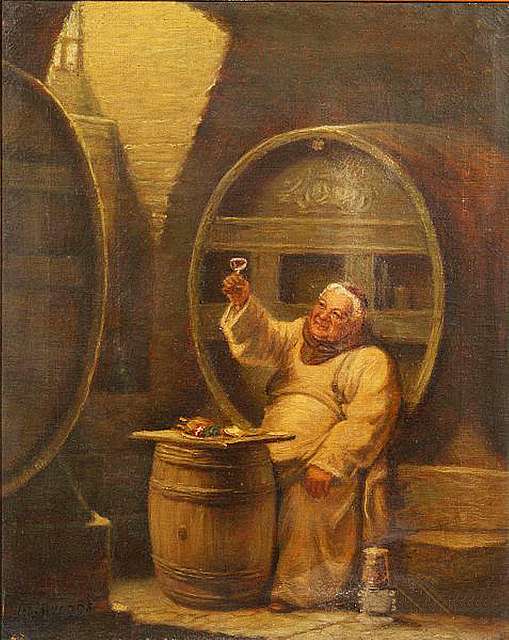
During the medieval period, European drinking rituals were closely tied to social status and religious practices. While seemingly conflicting, monasteries became centers of brewing and winemaking, with monks producing beer and wine for both religious ceremonies and general consumption. Producing alcoholic beverages was considered a divine task, and monasteries often provided ale to pilgrims and travelers as a form of hospitality.
In medieval England, the tradition of wassailing, which involved drinking to the health of apple trees to ensure a good harvest, became popular.
This ritual, performed on the Twelfth Night of Christmas, involved communal singing and the consumption of mulled cider or ale. Wassailing was both a community celebration and a way to invoke blessings for the coming year.
The Modern Era: Drinking Rituals in a Globalized World
In the 20th and 21st centuries, drinking rituals have continued to evolve, influenced by globalization, technological advancements, and changing social norms.
The rise of mass media and global communication has led to the spread of drinking customs across cultures, with traditional beverages like wine, beer, and spirits being consumed worldwide.
The modern cocktail culture, which emerged in the United States during the early 20th century, is an example of a contemporary drinking ritual that has gained global popularity.
The art of cocktail making, or mixology, has become a highly-skilled profession, with bartenders crafting intricate drinks that combine various flavors and ingredients.
The ritual of cocktail drinking itself, often associated with social gatherings and celebrations, reflects the modern emphasis on creativity and individuality.
At the same time, traditional drinking rituals have persisted in many cultures.


